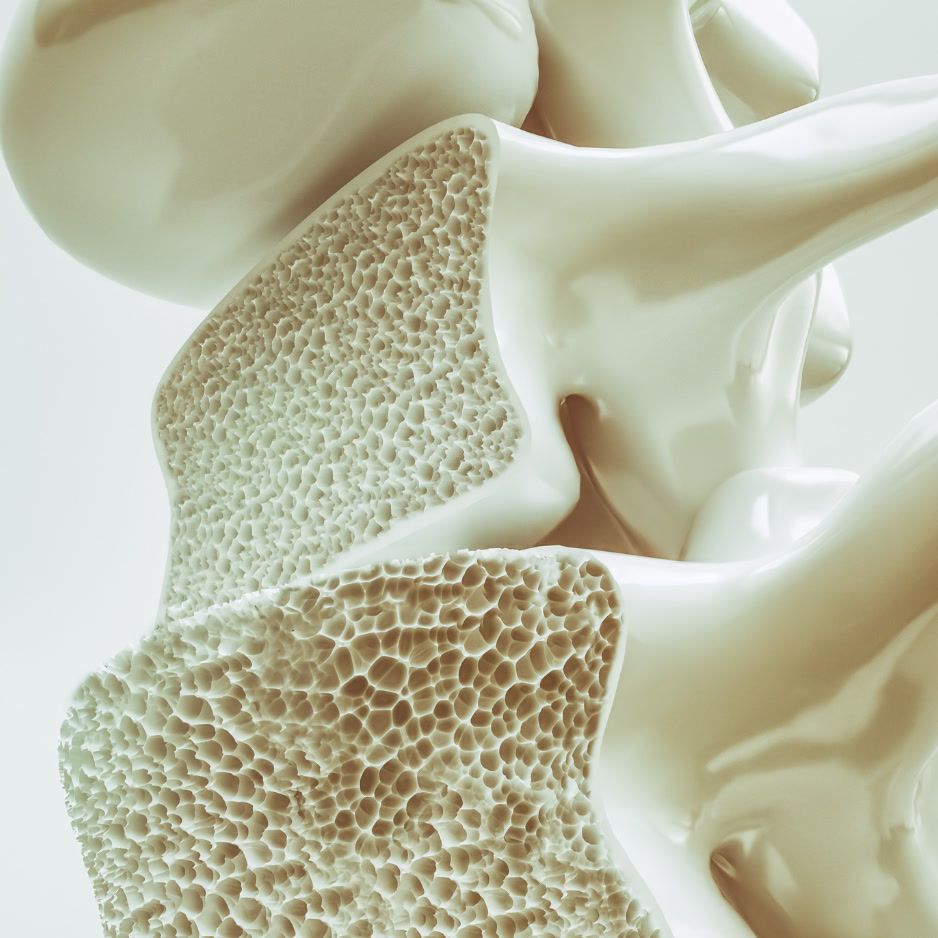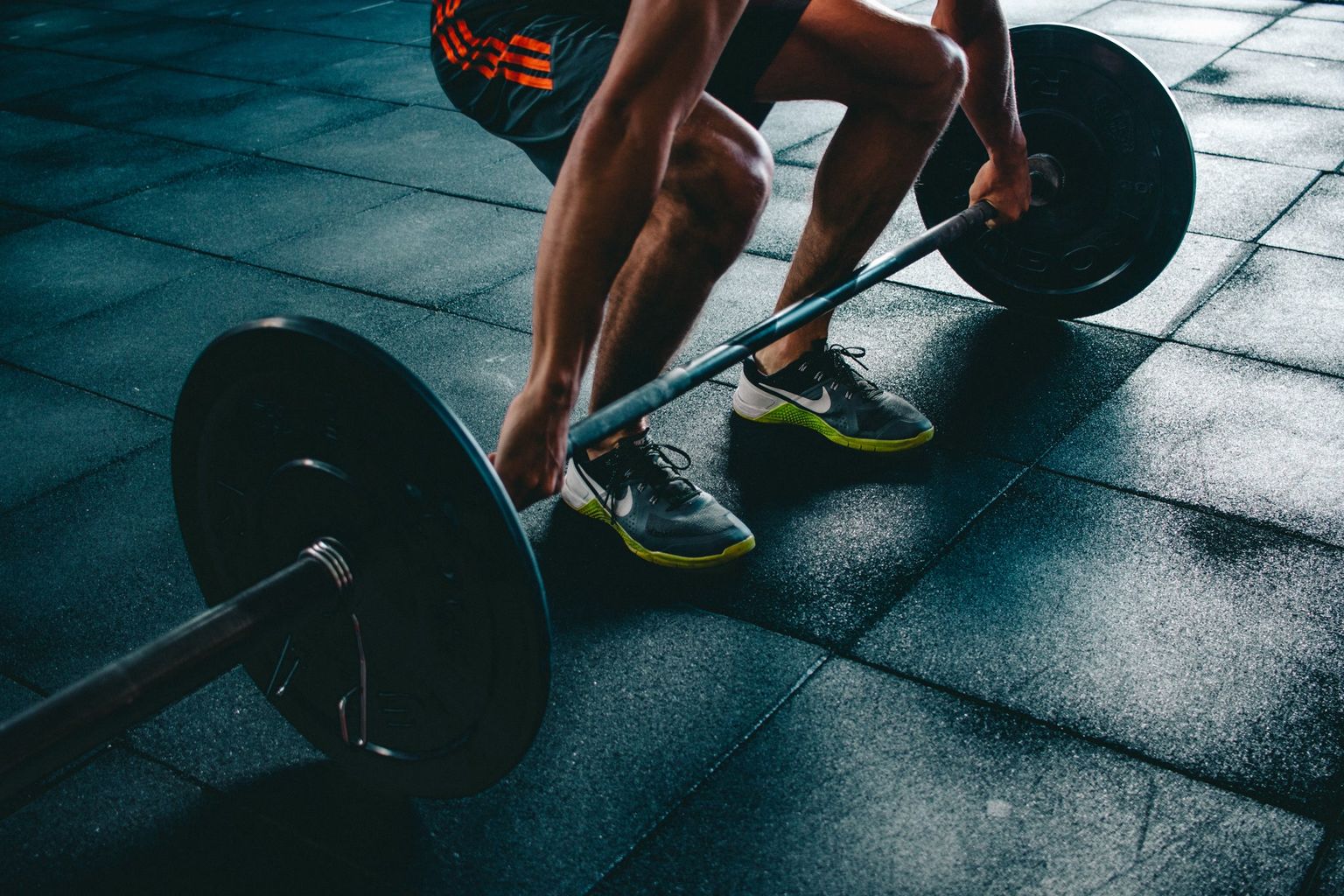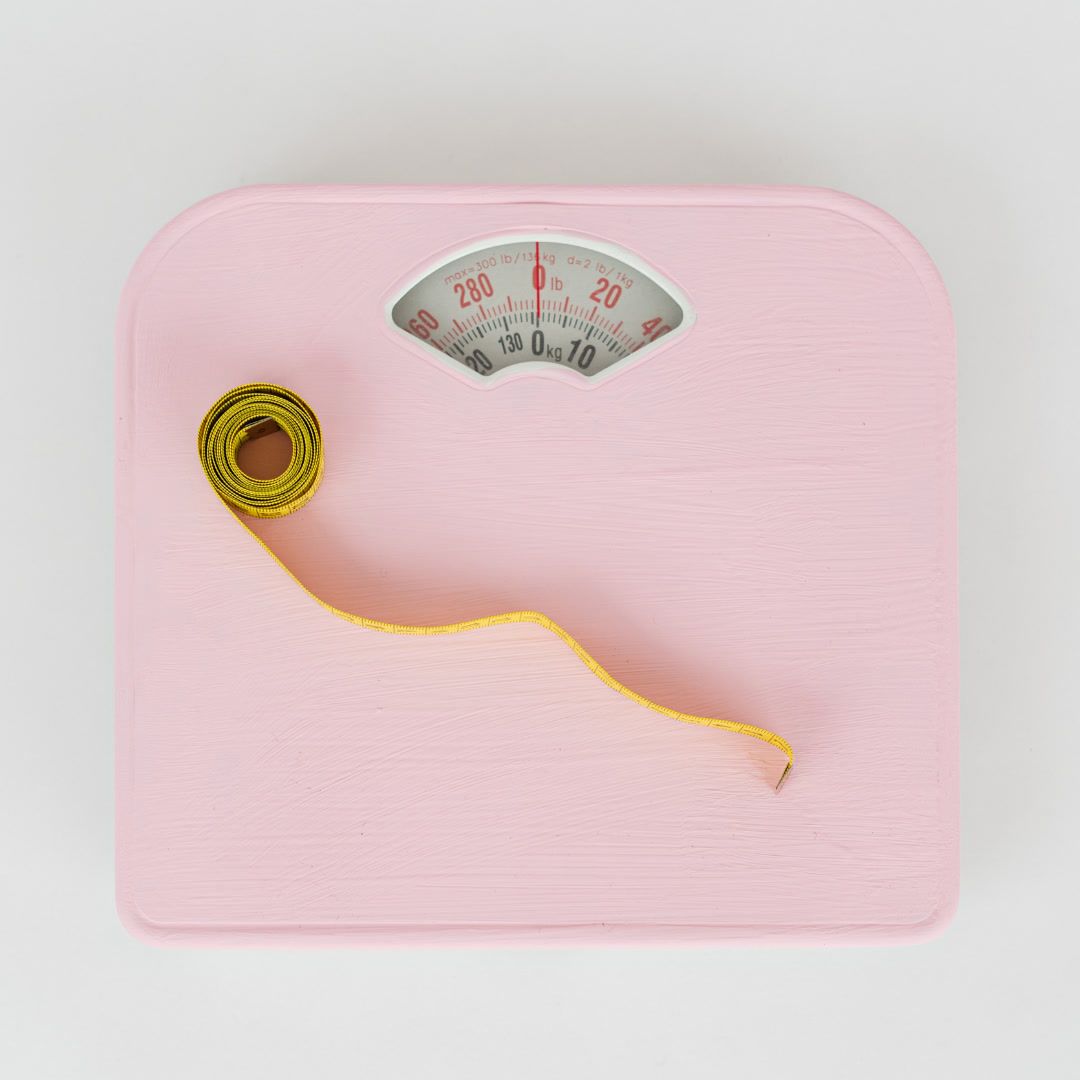Why BMI Fails to Measure Visceral Fat
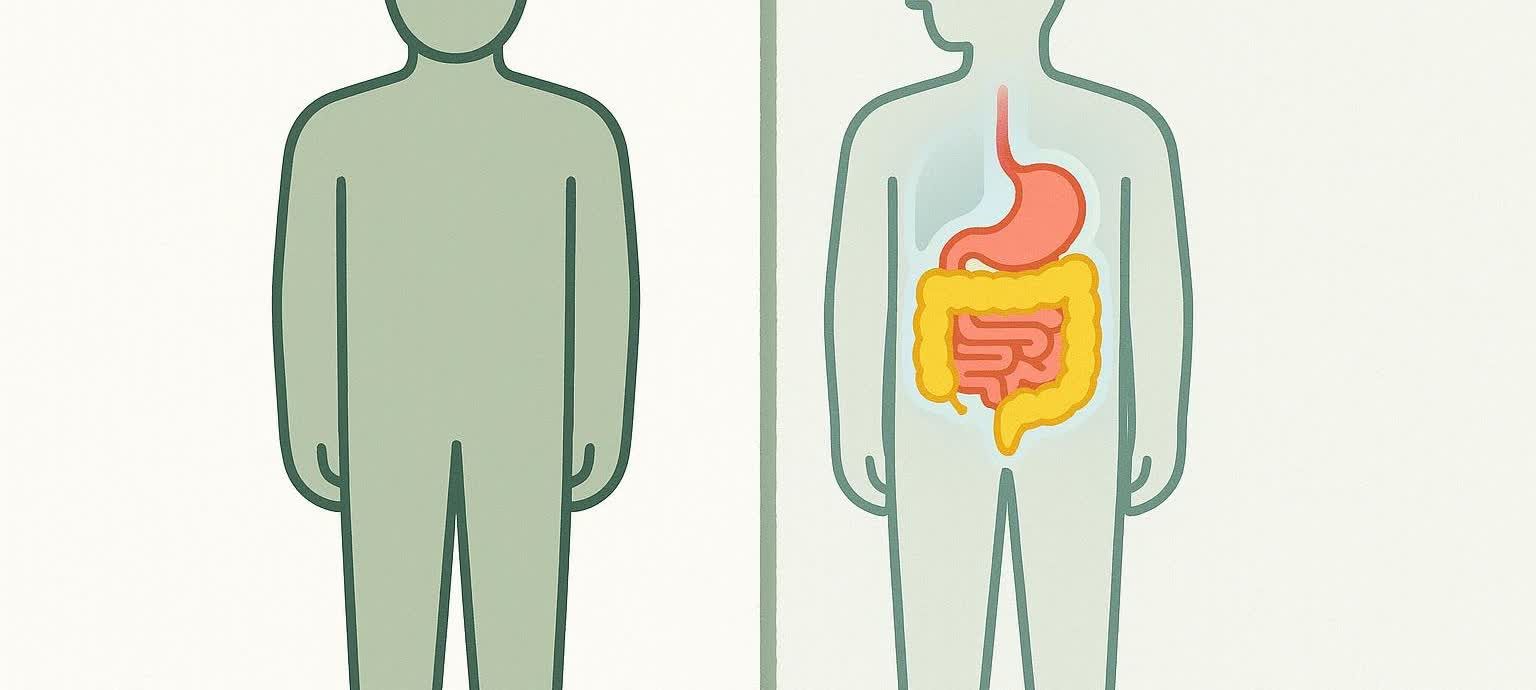
Why BMI Fails to Accurately Measure Visceral Fat — and What to Use Instead
Body Mass Index (BMI) was never meant to tell you how much dangerous visceral fat you're carrying. Yet annual physicals, insurance forms, and even many fitness apps still treat a single BMI value as a definitive indicator of health.
The result? Millions of people with normal BMIs silently build deep abdominal fat, while countless muscular athletes are mislabeled as overweight.
This guide breaks down why BMI is inaccurate for visceral fat, presents more accurate methods to gauge risk, and previews new BodySpec research from 10,000 DEXA scans that quantify just how unreliable BMI can be.
Quick Primer: What Exactly Is Visceral Fat?
Visceral adipose tissue (VAT) sits deep inside your abdomen, wrapping around the liver, pancreas, and intestines. Unlike pinchable subcutaneous fat, VAT constantly releases inflammatory cytokines and floods the portal vein with free-fatty acids—raising the odds of insulin resistance, type-2 diabetes, heart disease, and fatty-liver disease (Cleveland Clinic on visceral fat and health risks).
Key consequences of excess VAT:
- Higher risk of type-2 diabetes and insulin resistance (Harvard Chan article on BMI shortcomings)
- Elevated LDL & triglycerides that accelerate atherosclerosis (Circulation 2022 review on inflammation and heart disease)
- Greater incidence of non-alcoholic fatty-liver disease (NAFLD) (Harvard Health overview on waistline and liver risk)
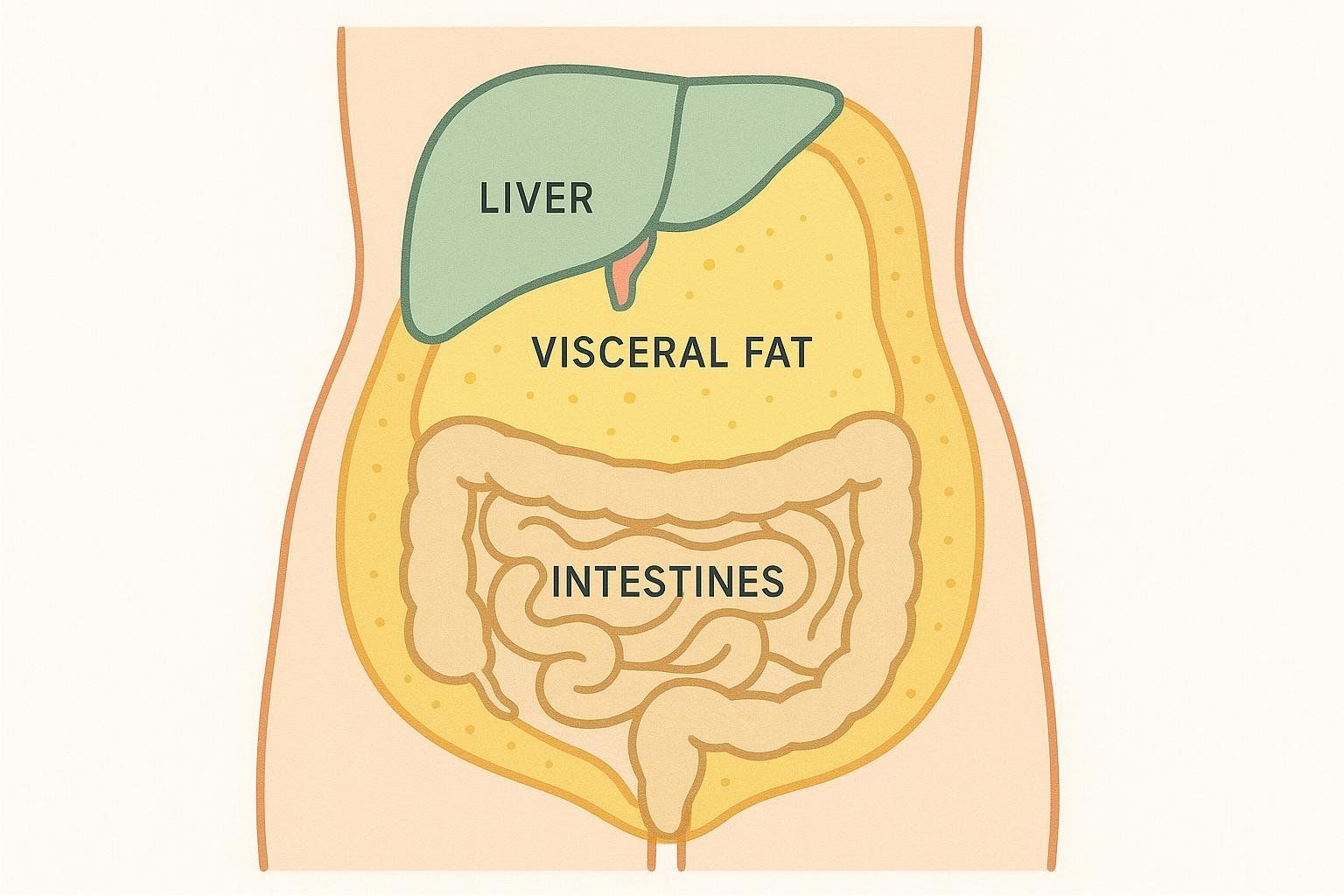
Bottom line: Where you store fat matters more than how much you weigh.
BMI in 60 Seconds (and Its Original Purpose)
| BMI | |
|---|---|
| Formula | weight (kg) ÷ height² (m²) |
| Invented | 1830s by Belgian mathematician Adolphe Quetelet |
| Designed for | Describing population averages—not diagnosing individuals |
Even the American Medical Association now warns clinicians not to rely on BMI alone because it ignores age, sex, ethnicity, muscle mass, and, importantly, visceral fat (AMA policy 2023).
5 Reasons BMI Fails to Detect Visceral Fat
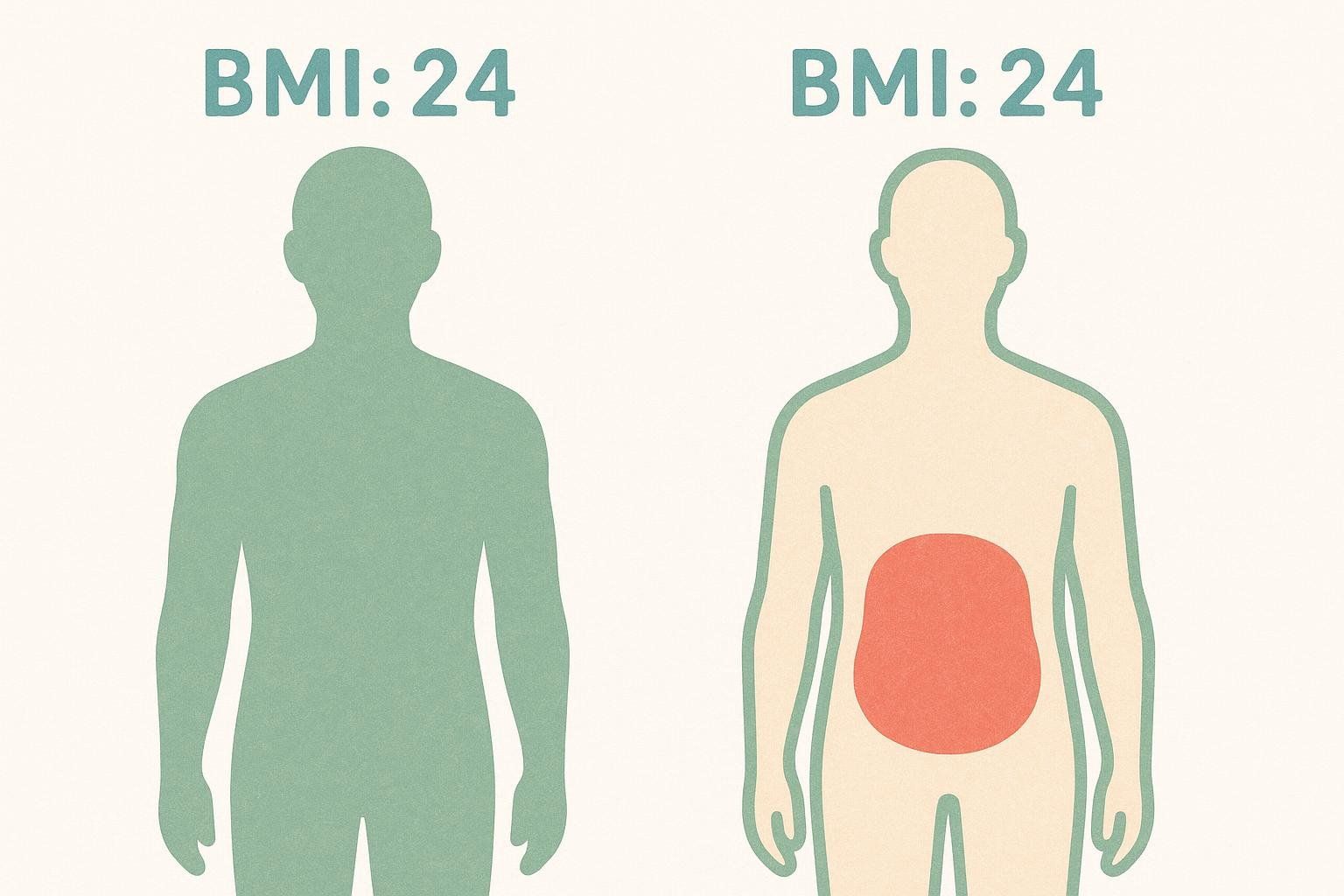
- It’s a weight-only formula. Two people with equal weight and height—one athletic, one sedentary—share the same BMI despite radically different fat distributions.
- No regional detail. BMI can’t reveal whether pounds sit on your hips (safer) or deep inside your abdomen (riskier).
- Ethnic blind spots. South-Asian adults develop metabolic issues at lower BMIs, while Pacific Islanders often carry more muscle at higher BMIs (NCBI review of BMI strengths & limitations).
- Aging & muscle loss. Older adults can lose lean tissue, drop BMI, yet gain visceral fat—a combo linked to sarcopenic obesity (Gerontology 2021 study on sarcopenic obesity and visceral fat).
- High false-negative rate. In NHANES 2011-2018, 53 % of adults classified as obese by DEXA had BMIs under 30 (MedPage Today report on ENDO 2023).
BodySpec Deep Dive: 10,000 Scans Show a Weak BMI–Visceral Fat Link
BodySpec analyzed 10,000 anonymized DEXA scans spanning diverse ages, genders, and ethnicities. When visceral-fat volume was charted against BMI, the overall correlation was only 0.59—moderate, yet clinically unreliable for precise individual assessment.
Our analysis revealed:
- Wide VAT spread at every BMI. At a BMI of 24 (considered “healthy”), visceral fat ranged from < 300 cm³ to > 1,800 cm³—over a six-fold difference.
- Ethnic disparities. Asian females showed the loosest link: some carried double the VAT of Caucasian peers at identical BMIs.
- Hidden danger in the “normal” zone. Roughly 1 in 4 scans with BMIs 18.5–24.9 still had visceral-fat volumes above the 1,000 cm³ risk threshold.
Better Ways to Measure Visceral-Fat Risk
1. Waist Circumference & Waist-to-Height Ratio (WHtR)
- How to do it: Place a flexible tape around your bare abdomen at the navel after exhaling. Record to the nearest 0.1 cm.
- Risk cut-offs (Waist Circumference — NIH):
• Men: ≥ 102 cm (40 in)
• Women: ≥ 88 cm (35 in) (NIH fact sheet on BMI & risk) - Risk cut-off (WHtR): waist > ½ your height (NHLBI guidelines on waist risk)
- Pros: Cheap, fast, picks up VAT shifts sooner than BMI.
- Cons: Inflated by large ab muscles or bloating; cannot quantify internal vs. external fat.
2. Dual-Energy X-Ray Absorptiometry (DEXA)
DEXA is widely considered the gold-standard body-composition test. Key points:
- Quick & low dose: A whole-body scan takes about 10 minutes and uses minimal radiation (roughly the same as eating a few bananas).
- Comprehensive outputs: Maps visceral-fat volume (cm³), total body-fat percentage, regional lean mass, and bone density.
- High precision: Modern scanners show about ± 1 % error for whole-body fat measures (Healthcare 2021 review on DEXA accuracy).
- Healthy threshold: < 1,000 cm³ (≈ 2 lb) of visceral fat—a level repeatedly linked to elevated cardiometabolic risk in imaging studies (Mayo Clinic Proceedings 2012 visceral fat threshold study).
Learn more in our explainer: What Is a Healthy Visceral Fat Level?.
3. Emerging Tech: Body-Volume Index (BVI), MRI, Smart-Scale VAT Scores
These offer 3-D imagery or algorithmic estimates. Accuracy varies and costs can climb, but they provide more specific insight into visceral fat than BMI.
Comparison Table: Accuracy, Cost, & Convenience
| Metric | Detects Visceral Fat? | Typical Error | Cost | DIY-Friendly | Best Use Case |
|---|---|---|---|---|---|
| BMI | ❌ | High—often misses high visceral fat | Free | ✅ | Population screening |
| Waist Circ. / WHtR | Indirect | Moderate | < $5 | ✅ | Quick personal check |
| DEXA Scan | ✅ Direct | ± 1 % | $40–$60 | ❌ | Precise baseline & progress |
| Smart-scale VAT Rating | Indirect | Substantial; body-fat error ± 15–25 %, VAT scores highly variable | $40–$150 | ✅ | Trend spotting (with caution) |
Take Action: From Numbers to Next Steps
- Get objective data. Our guide to finding a BodySpec DEXA scan near you shows locations and booking options—so you can map actual fat, including VAT.
- Set SMART targets. Example: “Reduce visceral fat from 1,300 cm³ to under 1,000 cm³ in 12 weeks.”
- Combine measures. Use weekly waist readings and a re-scan every 3–4 months.
- Implement evidence-based strategies. Research shows these each help trim visceral fat:
- Resistance training – decreases VAT in obese adults (study on weight-lifting and VAT reduction)
- HIIT – cuts abdominal VAT faster than steady cardio (HIIT vs steady-state and VAT study)
- Mediterranean-style diet – lowers VAT and waist circumference (Mediterranean diet VAT study)
- Track, tweak, repeat. Data beats guesswork; adjust calories, training load, or sleep based on scan feedback.
FAQ
Does having a flat stomach mean low visceral fat?
Not necessarily. You can sport visible abs yet harbor VAT around the organs. Only imaging (DEXA, MRI, CT) reveals the truth.
Is waist circumference enough?
It’s a solid screening tool, but for individualized plans or medical decisions, pair it with DEXA or equivalent.
How often should I scan?
Every 8–12 weeks balances physiological change with budget. Athletes in cut/bulk cycles may scan more frequently.
Is DEXA safe?
Yes. A whole-body scan exposes you to roughly the radiation of eating four bananas—as detailed in our article on DEXA scan radiation safety.
Key Takeaways
- BMI can’t see visceral fat—period. Relying on it alone risks false reassurance or needless alarm.
- Waist measures and DEXA scans offer a clearer picture of cardiometabolic danger.
- Action requires measurement. Identify your VAT level, implement evidence-backed lifestyle changes, and re-measure to confirm progress.
Ready for numbers you can trust? A 10-minute BodySpec scan reveals the fat that really matters—so you can target health, performance, and longevity with precision.
